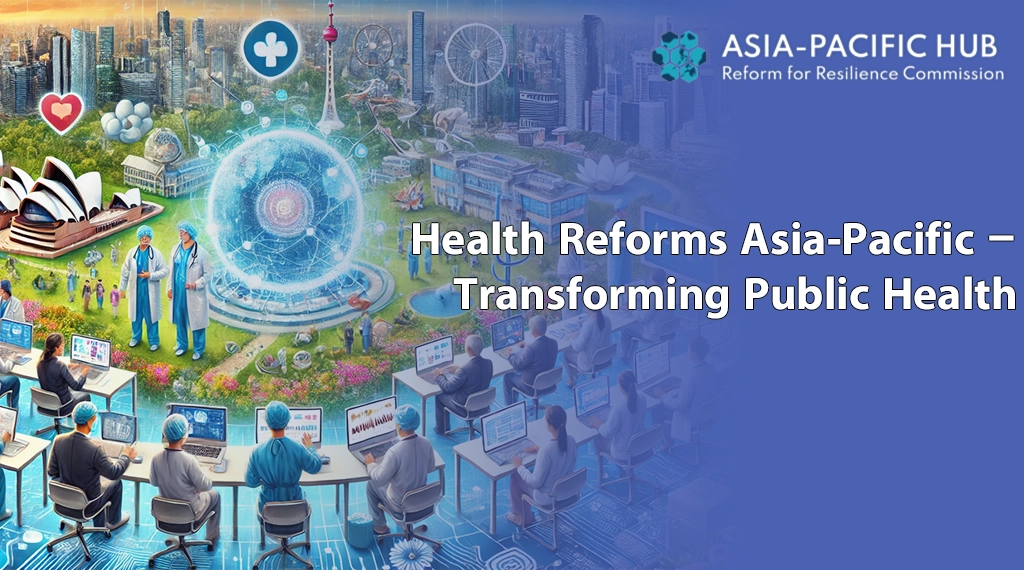
Health Reforms Asia-Pacific – Transforming Public Health
Resilience APAC – Public health is vital for sustainable growth and resilience. In Asia-Pacific, policy reforms are shaping healthier communities. As healthcare needs evolve, effective policies bridge gaps, expand access, and improve outcomes. This article explores how policy reforms are transforming public health across Asia-Pacific, contributing to long-term resilience and equitable healthcare.
Asia-Pacific faces diverse public health challenges, including urbanization, aging populations, and emerging diseases. Climate-related health risks further strain systems. According to the World Health Organization (WHO), over 60% of the world’s population lives in this region. This highlights the need for robust health systems to manage crises and ensure fair access to care. Policy reforms address systemic weaknesses, strengthen infrastructure, and foster resilience for future health threats.
READ MORE : Christmas Greetings in Indonesian for a Blessed Holiday
Many Asia-Pacific nations aim for Universal Health Coverage (UHC) to improve healthcare accessibility. Japan, Thailand, and South Korea lead by example. Policy-driven reforms reduce out-of-pocket expenses and expand services to underserved communities.
Reforms promoting digital health solutions drive progress in remote areas. Telemedicine, electronic records, and mobile apps enhance service delivery and patient engagement. These technologies are becoming core elements of public health strategies.
Governments are addressing the growing burden of mental health conditions. New policies reduce stigma, increase funding, and integrate mental health services into primary care. These changes improve public perception and access to care.
COVID-19 revealed gaps in public health systems. In response, governments are reforming disease surveillance, vaccine distribution, and emergency preparedness. Strengthened frameworks equip the region to manage future pandemics.
Despite progress, Asia-Pacific still faces healthcare access challenges. Funding gaps, political instability, and urban-rural disparities create barriers. However, opportunities exist in regional cooperation, public-private partnerships, and community initiatives. These efforts can drive sustainable public health improvements.
Policy reforms are transforming public health in Asia-Pacific, fostering growth and resilient healthcare systems. Collaboration and innovation will shape long-term health security. By embracing transformative policies, the region is addressing immediate needs while creating a healthier, equitable future for generations.
Resilience APAC: Asia-Pacific Hub for Reform supply chain leaders now use digital twins cargo flows to test shipping scenarios, reduce…
Resilience APAC: Asia-Pacific Hub for Reform Heightened maritime disputes and shifting trade policies have intensified geopolitical risks impacting supplychains across…
Resilienceapac - The rapid wave of digital transformation has created a new chapter in global industry. Automation, artificial intelligence, and…
Resilienceapac - Across the Asia-Pacific region, a quiet transformation is unfolding. From Jakarta’s rising eco-tech startups to Seoul’s clean-manufacturing innovators,…
Resilienceapac - Asia today stands at an energy crossroads. The region is growing faster than any other global economic bloc,…
Resilienceapac - Climate change is no longer an idea discussed only in scientific reports. Instead, it is something people now…